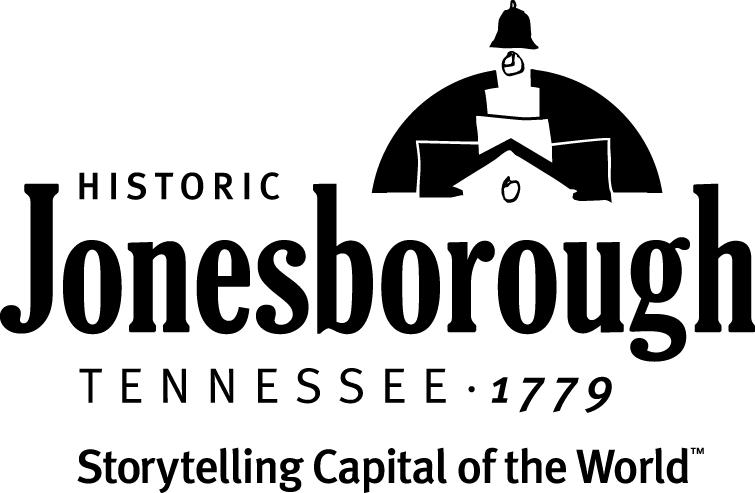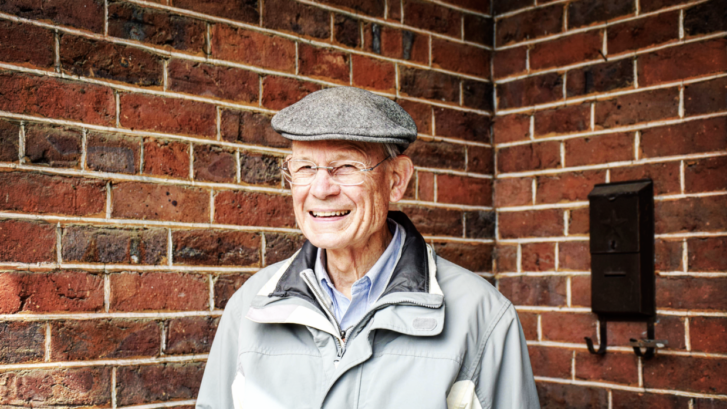Even a young Dr. William Kennedy was enthralled with things of the past. “I don’t ever remember not being interested in history, old buildings and old people,” said Kennedy. This phrase may not come as a surprise to the ones who know Kennedy. But for those who don’t, he is the go-to guy in Jonesborough for old homes and has spent much of his time working towards historic preservation in Town.
As we sat in his office, filled with historic character, Kennedy recalled his first memory of excitement for old things. This memory took him back to the 1940’s when he was quickly captivated by the elementary school he was enrolled in. “I could see art and personality in the building and it fascinated me,” said Kennedy. His love for the past didn’t stop there, “I was also interested in old people,” said Kennedy. I fully expected him to talk about his interest in old buildings, but his interest in old people certainly peeked my curiosity.  “The principal of our school, I considered her to be very old when she was probably only in her 60s at the time. But she lived in a Victorian house just 2 blocks away from the school and of course walked to school every day, wore old fashioned clothes and wore a characteristic perfume. She had an aura about her of dignity that seemed to be very old fashioned. Her clothes were old fashioned and her perfume was unique and that attracted me. I was just fascinated.” By the time Kennedy was in college his love for history grew as well as his interest in art and music. He was a Humanities major but was headed for medicine. “I thought medicine would give me all the science I needed so while I was in college, I wanted to get all the liberal arts I could get,” said Kennedy. After some time, Kennedy, along with his wife Virginia, found himself house hunting in Johnson City in November of 1971. The homes they looked at were nice, but they all seemed to lack the edge of personality and character they were looking for. Simply having an old home wouldn’t do; every detail needed to be true to the time period and without stains of modern home renovation techniques. “The thing that disturbed me the most was seeing modern cement smeared into mortar joints of 19th century buildings in an unsightly way,” said Kennedy. “There were modern materials used on antique buildings that just didn’t seem to fit.” “The man helping us find a house suggested a home built in 1948,” said Kennedy. “And my response was ‘well try 1848.’ We parted that day both somewhat frustrated.” The man came back with something he thought might be more of the Kennedy’s style. “There is a widow in Jonesborough that wants to sell her house and all of its antiques,” said the man. “But I figured Jonesborough was too far.” Kennedy responded with a question. “How far?” “8 miles.” “What kind of highway?” “4 lane.” “Let’s go!” By the time they were in front of the courthouse, Kennedy could tell Jonesborough had that edge of personality and character they were looking for.
“The principal of our school, I considered her to be very old when she was probably only in her 60s at the time. But she lived in a Victorian house just 2 blocks away from the school and of course walked to school every day, wore old fashioned clothes and wore a characteristic perfume. She had an aura about her of dignity that seemed to be very old fashioned. Her clothes were old fashioned and her perfume was unique and that attracted me. I was just fascinated.” By the time Kennedy was in college his love for history grew as well as his interest in art and music. He was a Humanities major but was headed for medicine. “I thought medicine would give me all the science I needed so while I was in college, I wanted to get all the liberal arts I could get,” said Kennedy. After some time, Kennedy, along with his wife Virginia, found himself house hunting in Johnson City in November of 1971. The homes they looked at were nice, but they all seemed to lack the edge of personality and character they were looking for. Simply having an old home wouldn’t do; every detail needed to be true to the time period and without stains of modern home renovation techniques. “The thing that disturbed me the most was seeing modern cement smeared into mortar joints of 19th century buildings in an unsightly way,” said Kennedy. “There were modern materials used on antique buildings that just didn’t seem to fit.” “The man helping us find a house suggested a home built in 1948,” said Kennedy. “And my response was ‘well try 1848.’ We parted that day both somewhat frustrated.” The man came back with something he thought might be more of the Kennedy’s style. “There is a widow in Jonesborough that wants to sell her house and all of its antiques,” said the man. “But I figured Jonesborough was too far.” Kennedy responded with a question. “How far?” “8 miles.” “What kind of highway?” “4 lane.” “Let’s go!” By the time they were in front of the courthouse, Kennedy could tell Jonesborough had that edge of personality and character they were looking for.
“I was just about ready to jump out of the car,” said Kennedy. “It was literally love at first sight just seeing that much of the Town.”
At this point in Jonesborough history, the community restoration had yet to begin. Many of the buildings were shabby, a few were not occupied, wires had not been put under the streets and downtown was filled with your typical concrete sidewalks.
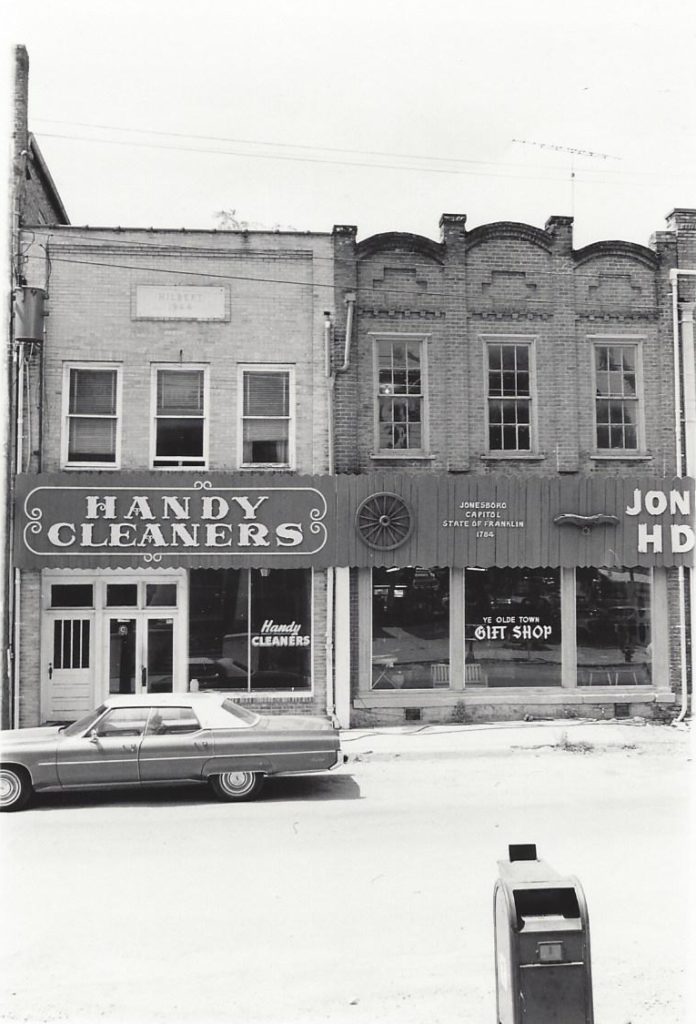
Jonesborough in the 1970s Photo Credit: Heritage Alliance from the collection of the Jonesborough/Washington County History Museum

Jonesborough in the 1970s Photo Credit: Heritage Alliance from the collection of the Jonesborough/Washington County History Museum
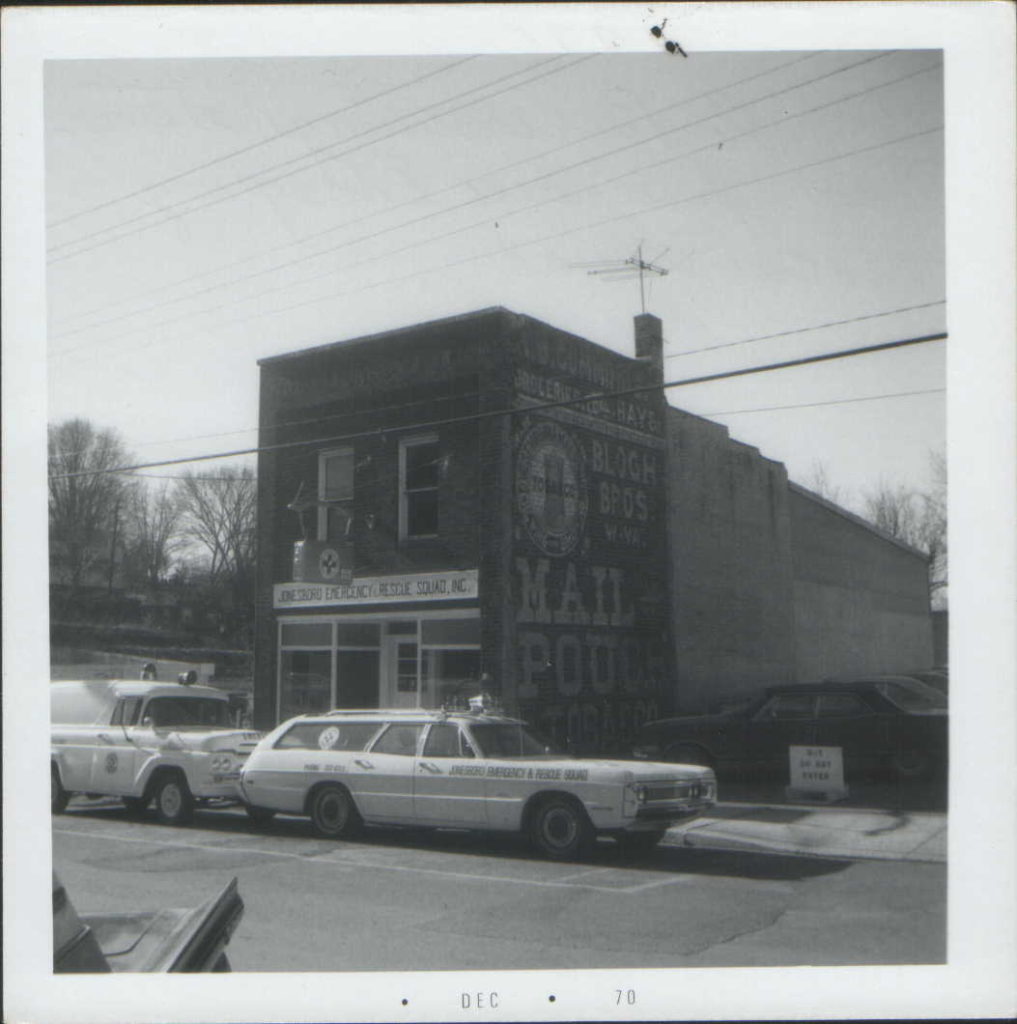
Jonesborough in the 1970s Photo Credit: Heritage Alliance from the collection of the Jonesborough/Washington County History Museum
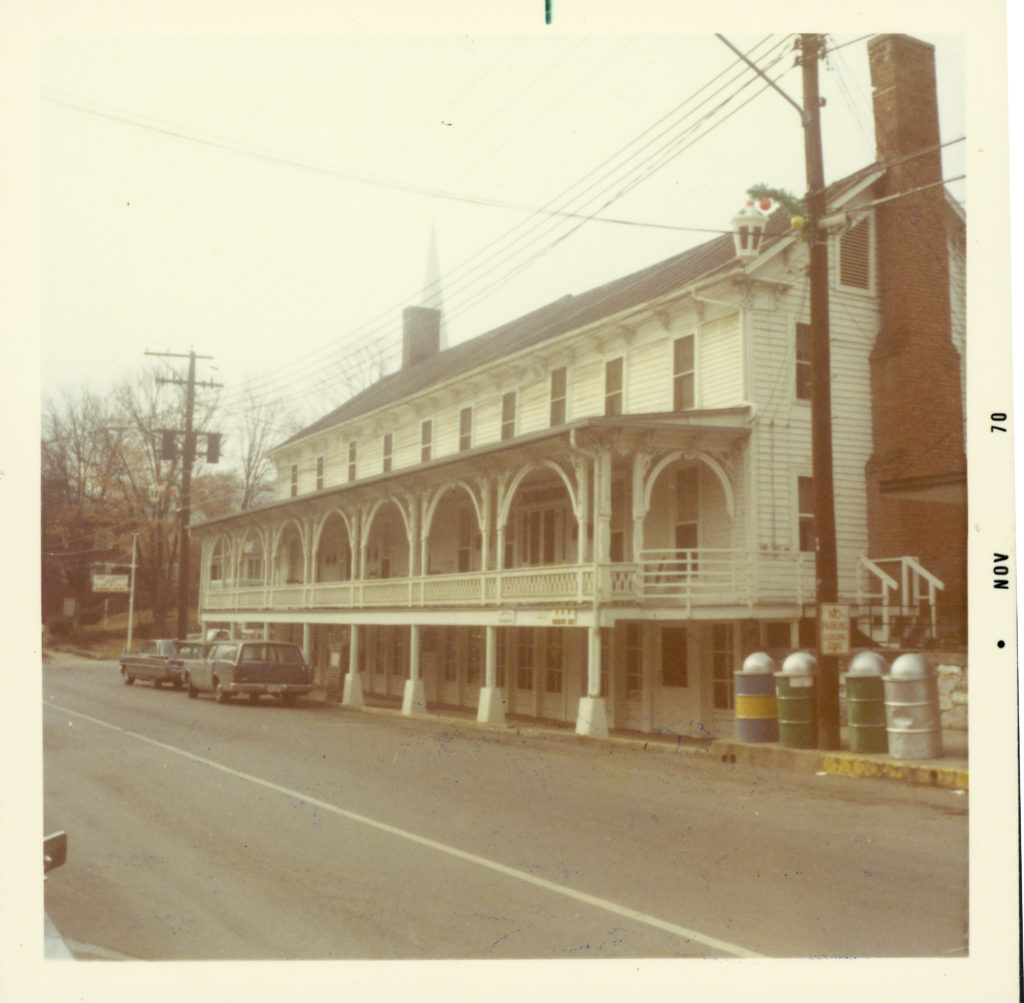
Jonesborough in the 1970s Photo Credit: Heritage Alliance from the collection of the Jonesborough/Washington County History Museum
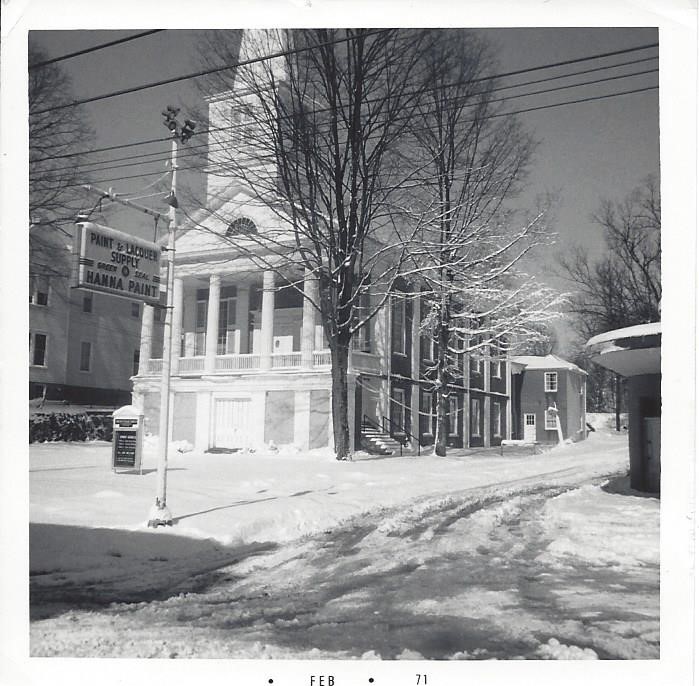
Jonesborough in the 1970s Photo Credit: Heritage Alliance from the collection of the Jonesborough/Washington County History Museum
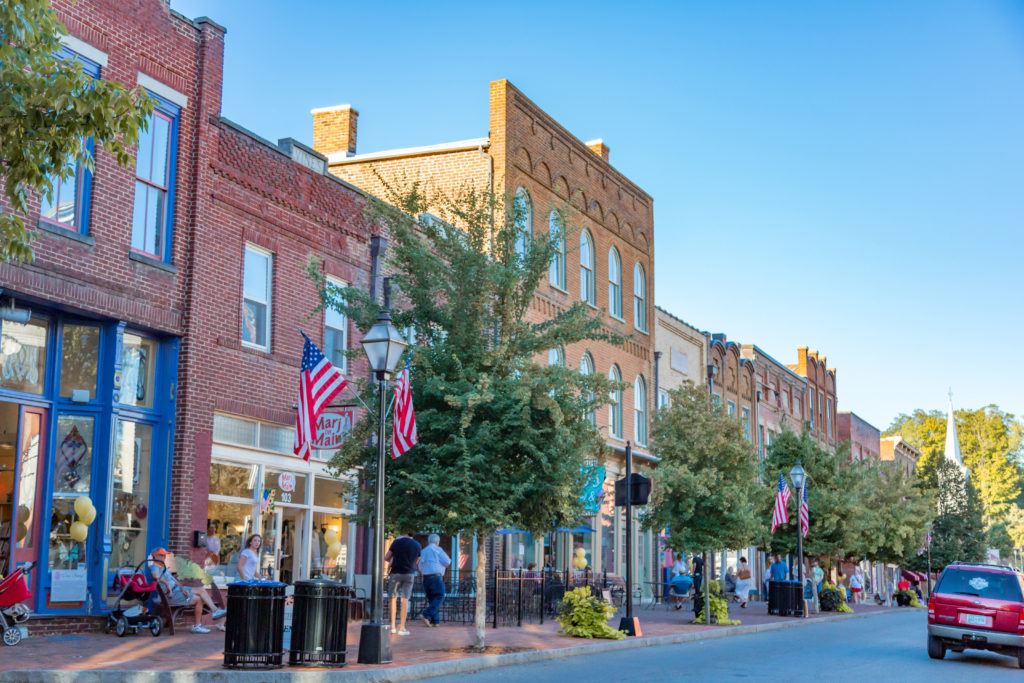
Downtown Jonesborough Today Photo Credit: Whitney S Williams
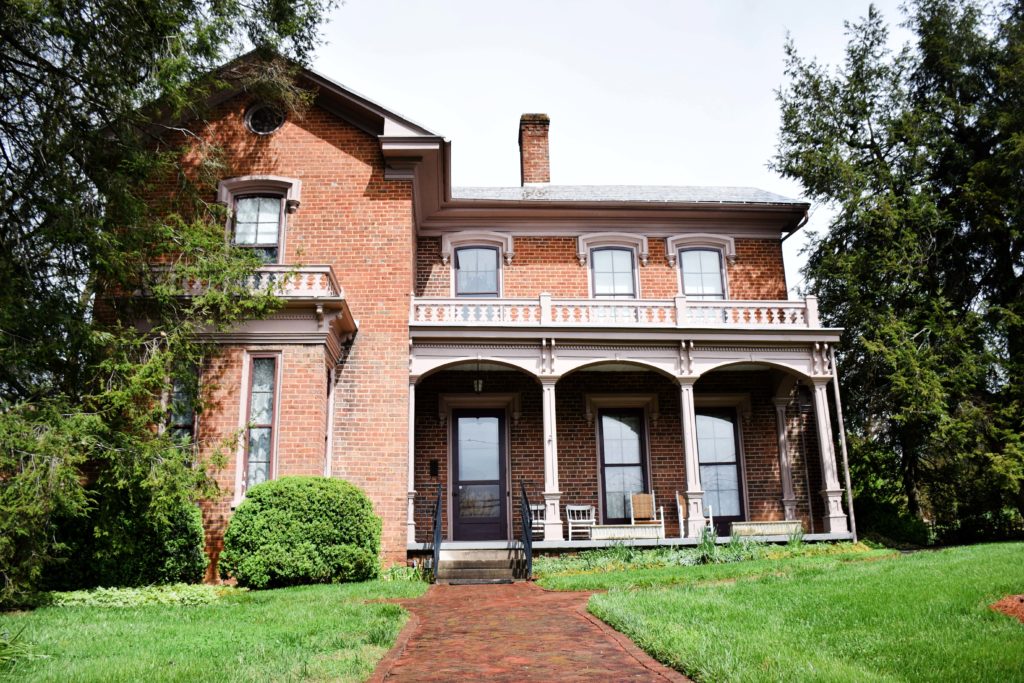 “One of the aspects to the community itself that we very early heard about was that Jonesborough had adopted historic zoning in January of 1970,” said Kennedy. “This encouraged Virginia and me to make our investment in our home in early 1973. We didn’t worry about how much money we were putting into it. Even at that time we said we were root planters and we were here to stay until time to take us to the nursing home or the graveyard, both of which were only two blocks away.”
“One of the aspects to the community itself that we very early heard about was that Jonesborough had adopted historic zoning in January of 1970,” said Kennedy. “This encouraged Virginia and me to make our investment in our home in early 1973. We didn’t worry about how much money we were putting into it. Even at that time we said we were root planters and we were here to stay until time to take us to the nursing home or the graveyard, both of which were only two blocks away.” 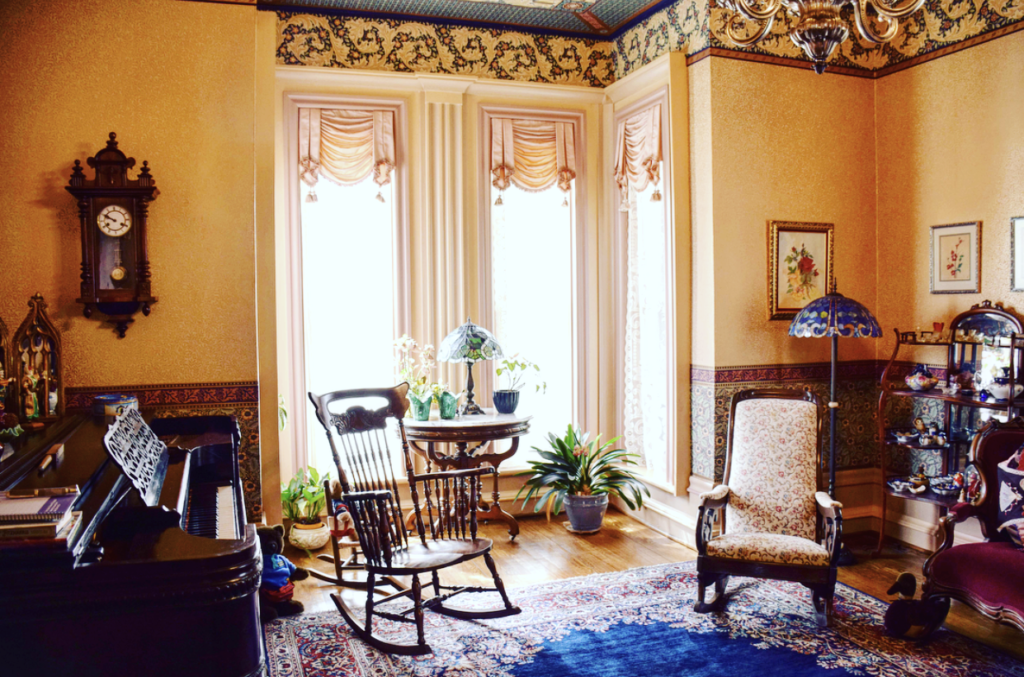
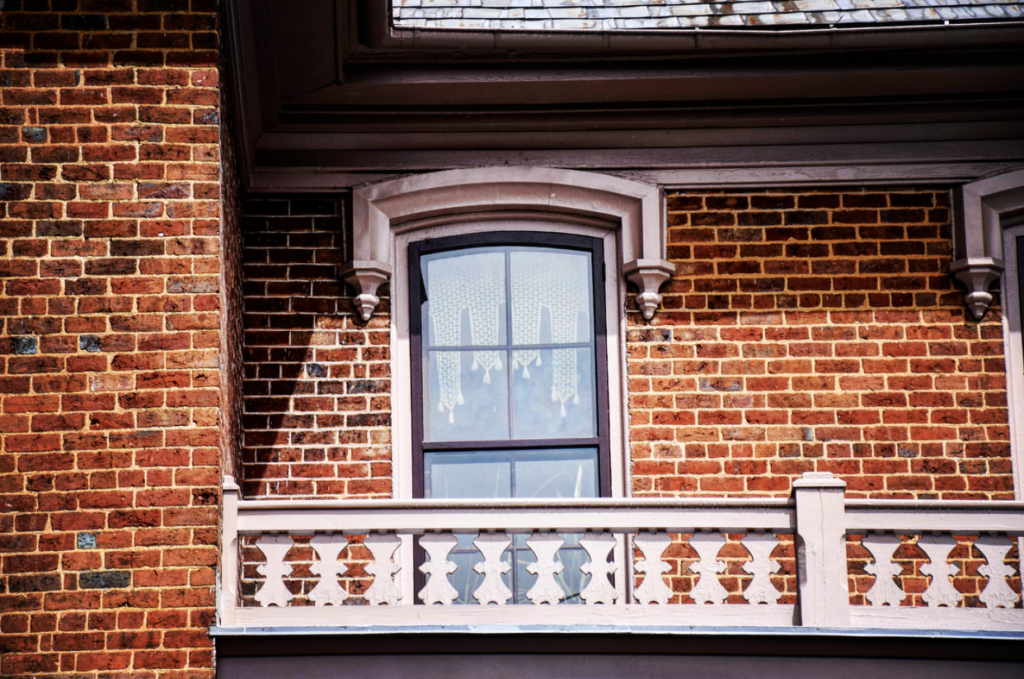 Kennedy’s commentary was filled with such life lessons. The one that stuck out to me the most was how to measure the health of a family. “A good test is when you lose someone in the family,” said Kennedy. “We had no difficulty at all when we lost our parents and when my older brother died. We would write to each other about everything. Love carried us through that, through all of those. We’ve weathered all of those losses with love and regard for each other staying intact, and I think that’s a good measure of the health of a family.”
Kennedy’s commentary was filled with such life lessons. The one that stuck out to me the most was how to measure the health of a family. “A good test is when you lose someone in the family,” said Kennedy. “We had no difficulty at all when we lost our parents and when my older brother died. We would write to each other about everything. Love carried us through that, through all of those. We’ve weathered all of those losses with love and regard for each other staying intact, and I think that’s a good measure of the health of a family.” 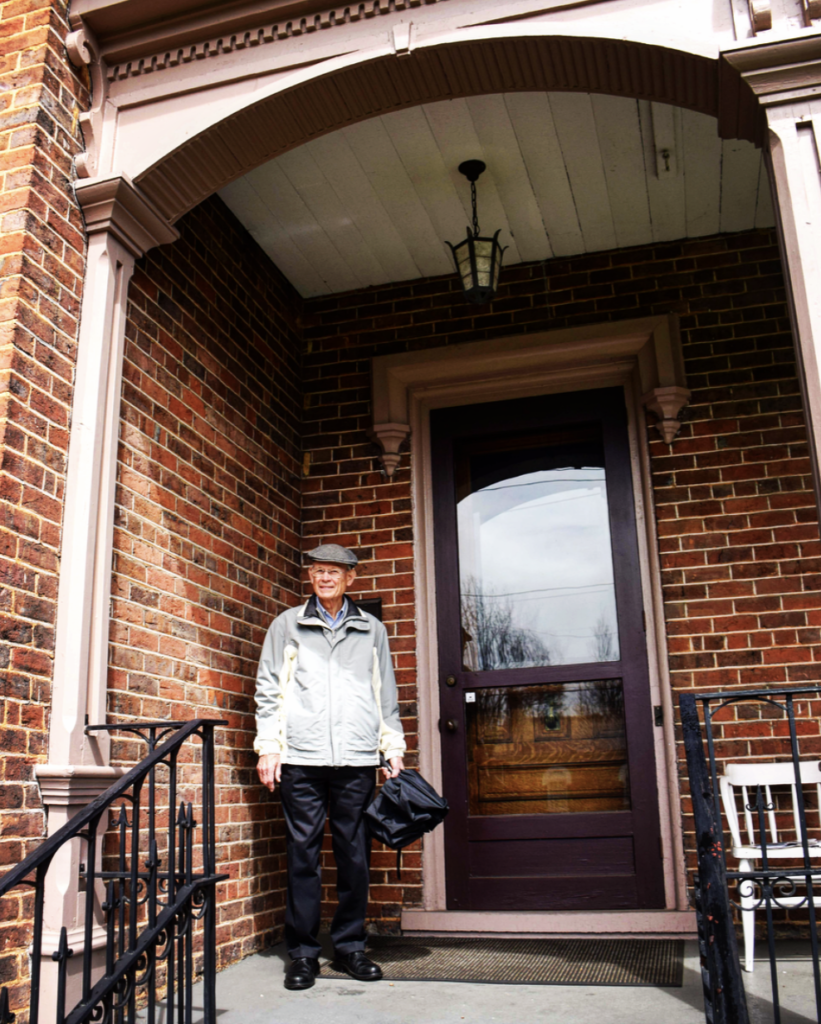 After Kennedy shared his story, I couldn’t help but to see a parallel in the life Kennedy saw in his principal with the life he now lives. She seemed to have an appreciation for old things, worked just two blocks away from her historic home, walked those two blocks to work each day and had the tendency to leave quite the impression on people. Kennedy has an obvious passion for old things, he works just two blocks away from his historic home, walks those two blocks to work each day and, to say the least, has left quite the impression on the entire community of Tennessee’s Oldest Town. After our chat was over, Kennedy threw on his old-fashioned newsboy cap and began his usual two-block walk back home.
After Kennedy shared his story, I couldn’t help but to see a parallel in the life Kennedy saw in his principal with the life he now lives. She seemed to have an appreciation for old things, worked just two blocks away from her historic home, walked those two blocks to work each day and had the tendency to leave quite the impression on people. Kennedy has an obvious passion for old things, he works just two blocks away from his historic home, walks those two blocks to work each day and, to say the least, has left quite the impression on the entire community of Tennessee’s Oldest Town. After our chat was over, Kennedy threw on his old-fashioned newsboy cap and began his usual two-block walk back home.